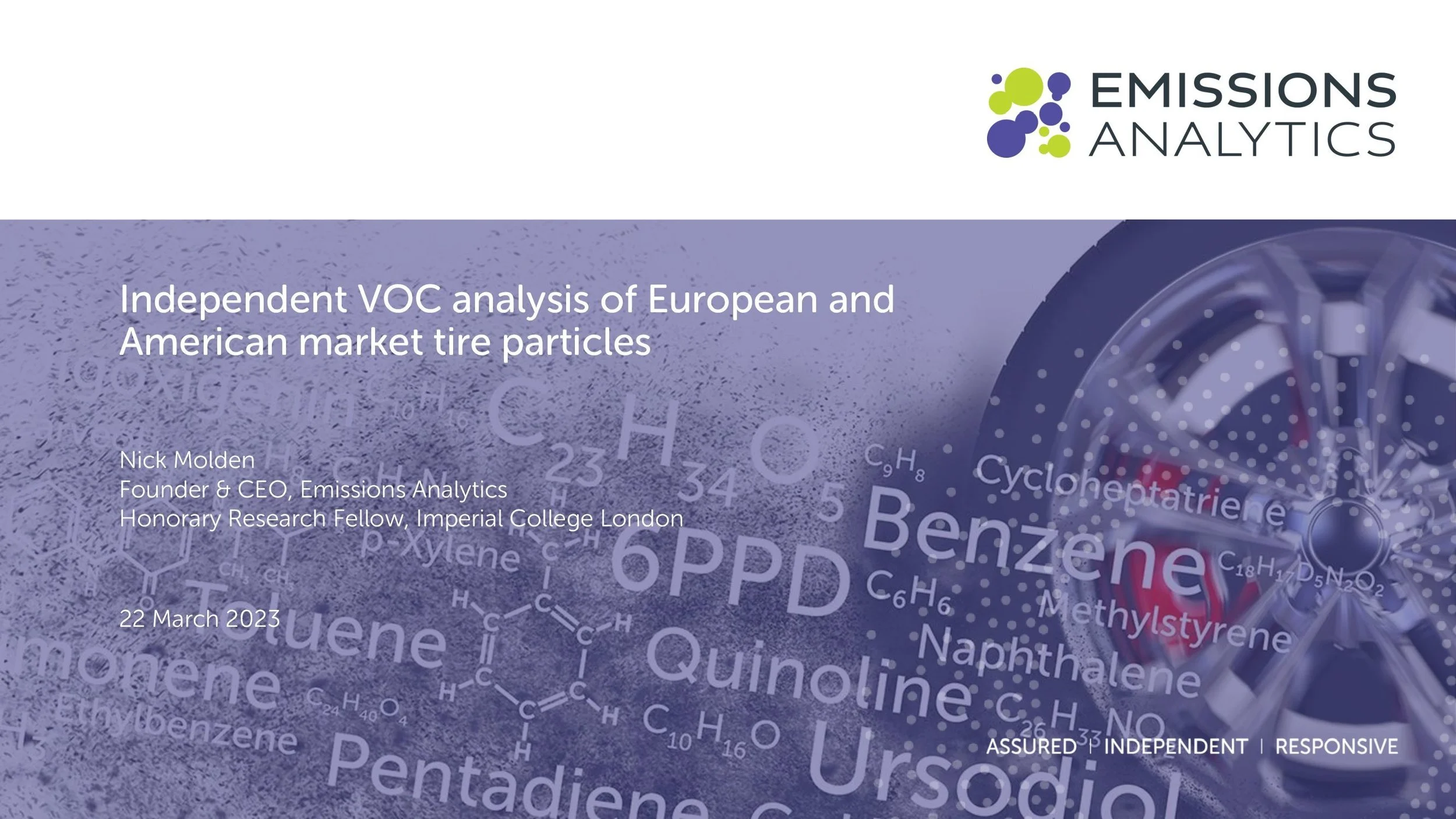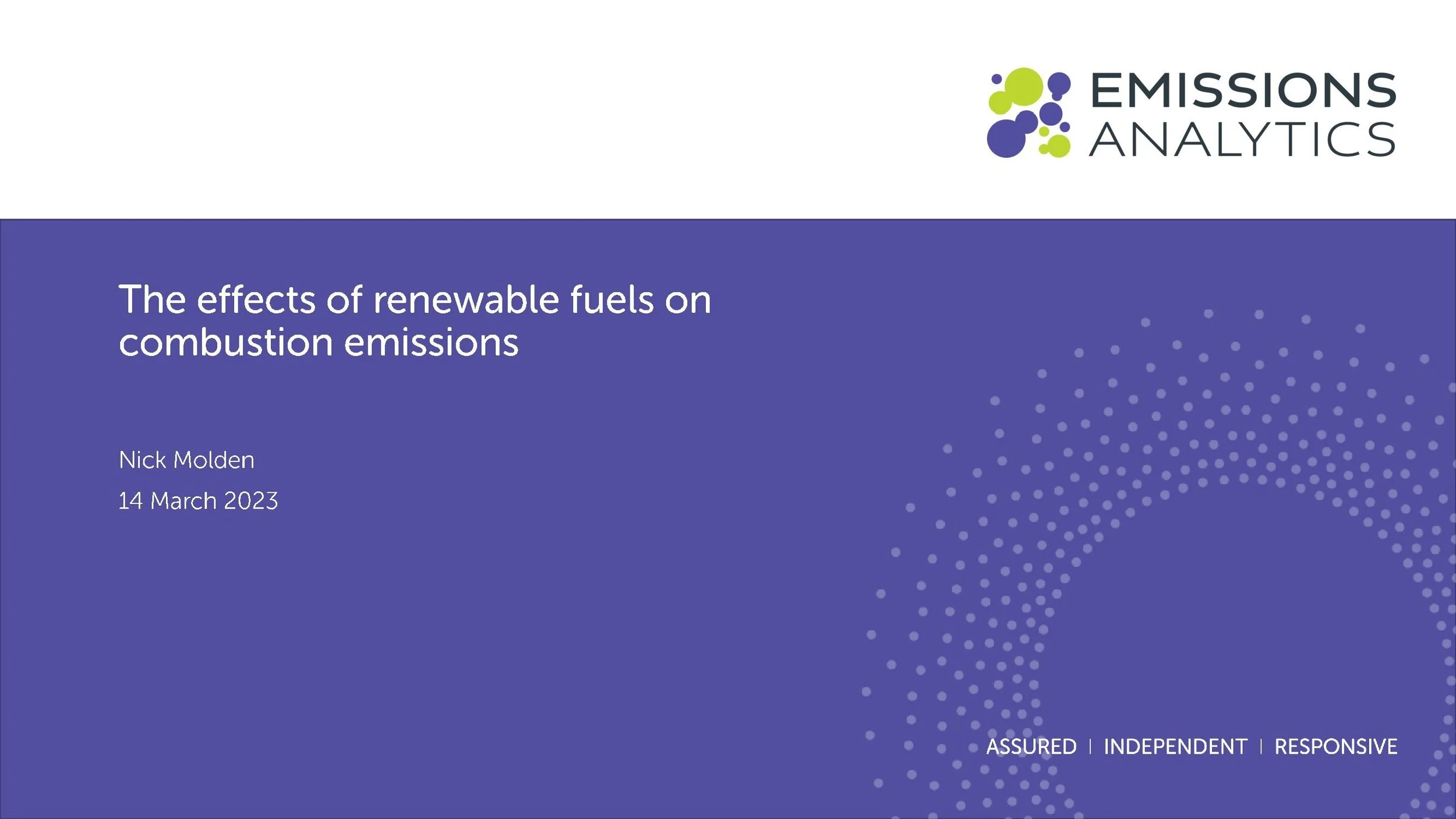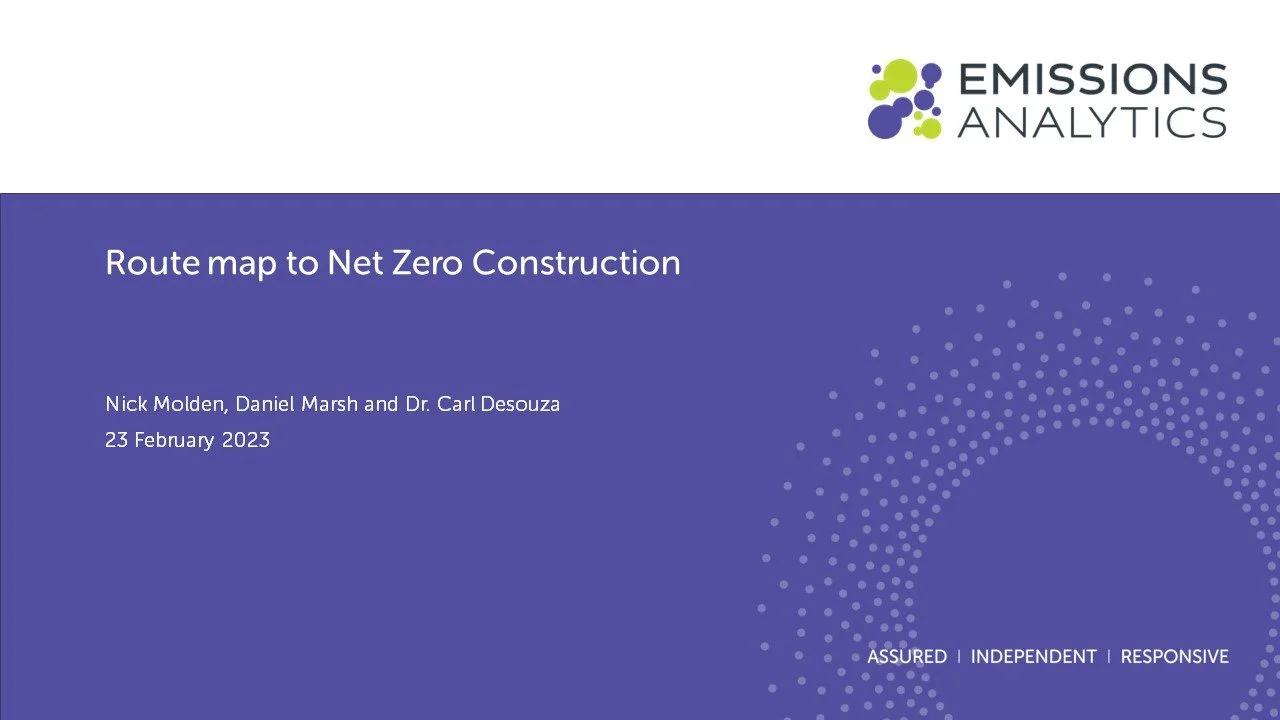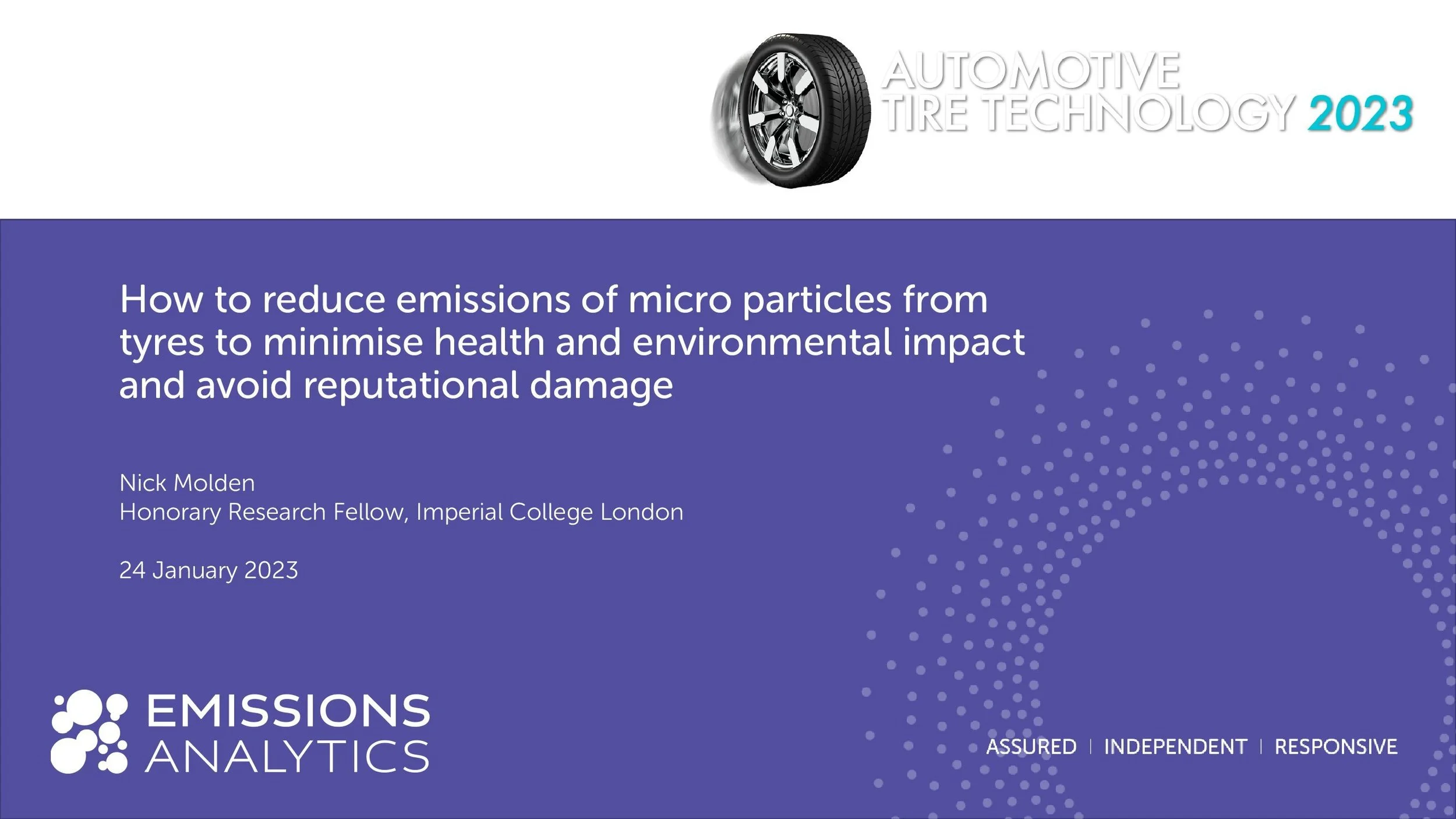The AIR Alliance (Allow Independent Road-testing), the independent alliance set up to improve air quality by promoting independent, on-road vehicle emissions testing, welcomes the publication of the CEN workshop agreement CWA 17934, the real drive test method for collecting vehicle interior air quality data.
Environmental justice
The term ‘environmental justice’ can often be used in a mushy, socialistic sense, but behind it is a deadly serious concept. Put broadly, it means that all parts of society should be treated equally under environmental law, or that everyone has the right to the same protection from pollution and other harm from emissions.
Champagne Supernova?
When an exploding star led to the observation of supernova SN 2003fg in 2003, it was nicknamed the ‘Champagne Supernova’ due to its unusual brightness, and its inexplicably great mass. Many supernovae eventually succumb to their own weight, leaving behind a black hole. Are we at this stage with battery electric vehicles (BEVs)?
Emissions Analytics wins Tire Technology Environmental Achievement of the Year
Presentation: Emissions Analytics Tire Technology Expo Presentation 22 March 2023
Do No Harm
Webinar: The effects of renewable fuels on combustion emissions
The webinar covering the latest results on the effect of renewable fuels on combustion emissions, which has been conducted together with the University of Oxford. It will look at the chemical composition of renewable fuels, consider the impact that has on tailpipe emissions, and see how well Euro 7 may capture these effects.
Webinar: Route map to Net Zero Construction
Emissions Analytics is pleased to welcome Daniel Marsh and Carl Desouza from Imperial College London as our guests to discuss the “Route map to Net Zero Construction.”
Efficiently wrong
Presentation: How to reduce emissions of micro particles from tyres to minimise health and environmental impact and avoid reputational damage
How tyre emissions hide in plain sight
Emissions testing is usually preoccupied by testing for known, worrisome chemicals in the environment. Often they are in small amounts or concentrated at hotspots. Sophisticated equipment is deployed to find and measure them. We obsess with ever-tighter regulation of these pollutants we know about, even well beyond the point of diminishing environmental returns.
Webinar: Exposures to particles and volatile organic compounds across multiple transportation modes
The circular economy
Deft landing, captain
Euro 7 has finally arrived - As the saying goes, a ‘good’ landing is one from which you can walk away, but a ‘great’ landing is one after which they can use the plane again. Euro 7 has not just landed safely, but the craft that is the European system of emissions regulation remains viable. It required a deft touch. The industry says it is too tough and environmental campaigners say it is too weak in equal measure, which perhaps reflects the achievement.
Following the tyre tracks… Where do tyre emissions go?
We know, from earlier research, that tyres emit lots of particles, both coarser and the more potentially dangerous ultrafines. To put this in context, the levels are less than from exhausts of many older diesel vehicles without filters, but orders of magnitude greater than from the exhausts of modern internal combustion engine vehicles with the latest filters. But, where do these particles go, and can they be found in the environment?
Emissions Analytics featured in Tire Technology International
The light duty vehicle to nowhere
The evidence clearly points to using full hybrid electric vehicles (FHEVs) as the best route to rapid, low-risk decarbonisation of cars and vans for the next decade. FHEVs cannot deliver the biggest aggregate reduction in principle, but with scarce battery resources and higher manufacturing carbon dioxide (CO2) emissions of battery electric vehicles (BEV), FHEVs can deliver more CO2 reduction now, and potentially for some time to come.






















